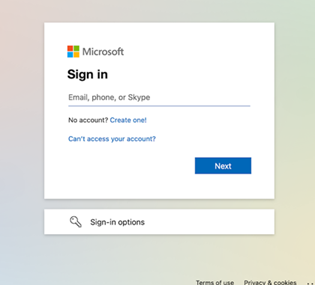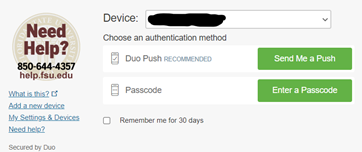Online Modules
Online modules are available for Faculty Development and CME credit.
You will need your FSUID to access the modules through the Microsoft O365 portal.
When prompted to sign in on either of these screens, use fsuid@fsu.edu. If you are asked on the Microsoft screen to choose a sign in type, select Work/School account.
 or
or 
On the next screen, add your FSUID password
- If you forgot your FSUID password, you can reset it here: How Do I Reset or Change my FSUID Password
- If you never activated your FSUID, please use this link to activate it and set up your password: How Do I Activate my FSUID
- If you can’t remember your FSUID or need more assistance, please contact your regional campus IT representative.
You may need to authenticate with the Duo Mobile app. FSU requires 2 Factor Authentication on their systems.
- If you haven’t set up 2 factor authentication, you can set it up here: Add a device and activate the Duo Mobile App

Click this link to access the modules: Log in and view the online Faculty Development Modules

